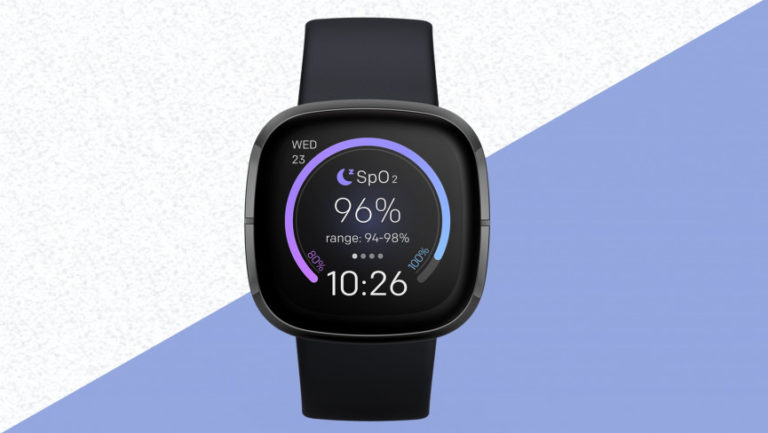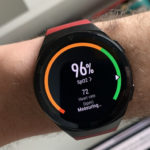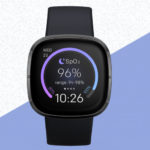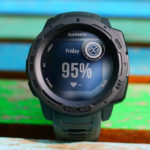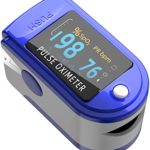2020 is the year where we have seen a big improvement in wearable technology. It is also a year where we needed Oxygen more than ever. COVID-19 pandemic and the raging bush fires have left us in need of oxygen in 2020 more than before. Prior to that, it was still important to know your blood oxygen levels for general health and wellbeing. People with conditions that may lower oxygen levels such as asthma, heart diseases, pneumonia, and others may need to keep track of their blood oxygen levels.
Earlier fitness trackers mainly focused on step count and distance covered. Constantly changing habits of the consumers, led to the addition of other functionalities like heart rate, burned calories, and sleep monitoring. The September 15th Apple Event brought a new and exciting feature in the Apple Watch Series 6; the blood oxygen monitor. This feature already existed in smartwatches and fitness bands like Huawei watch, Garmin SpO2 devices, Huawei Band 4, and others.
How they work.
Standard pulse oximeters like the ones used in a hospital are clipped on the finger. On the finger, they send both red and infrared light through the finger, where there’s lots of blood close to the surface. A protein in the blood absorbs more infrared light when it has oxygen and more red light when it’s doesn’t. A sensor on the other side of the finger calculates how much of each type of light travels through, providing an oxygen reading. The Apple Watch Series 6 and Huawei watches also have red and infrared lights. However, instead of sending that light through a body part, they measure the lights’ reflection. It’s the same strategy used by Garmin and Fitbit, which already have similar blood oxygen features.
Note that blood oxygen measured from the wrist is not as accurate as that of the standard pulse oximeter. You use them to track oxygen levels for your general well-being. Wearable technology gives more to life than measuring blood oxygen and as technology keeps developing, we expect more functionalities.
